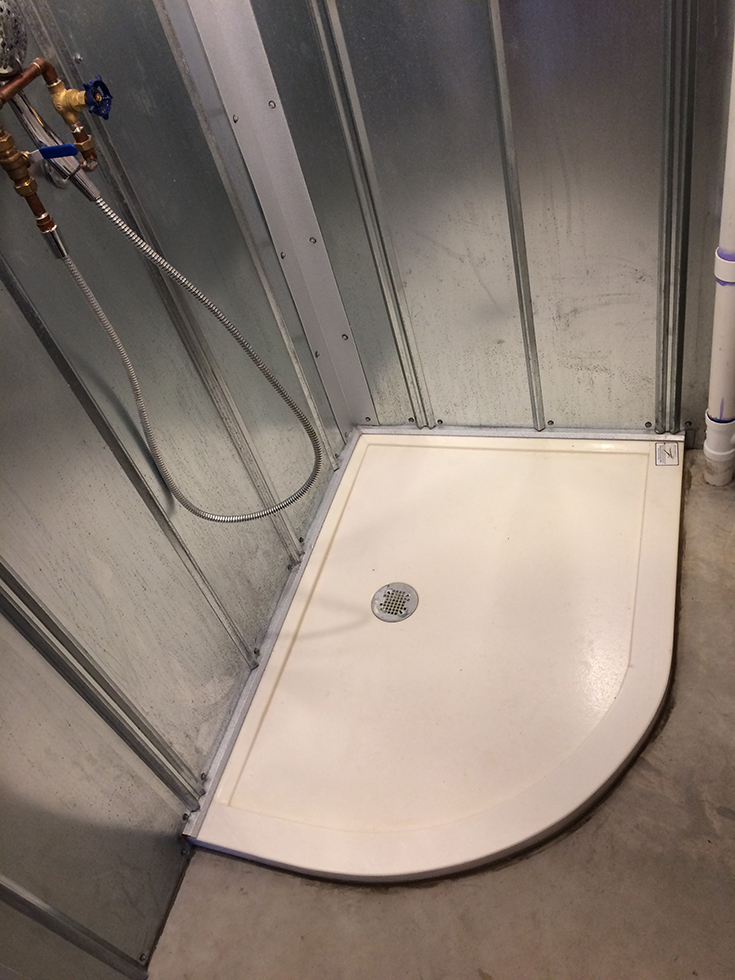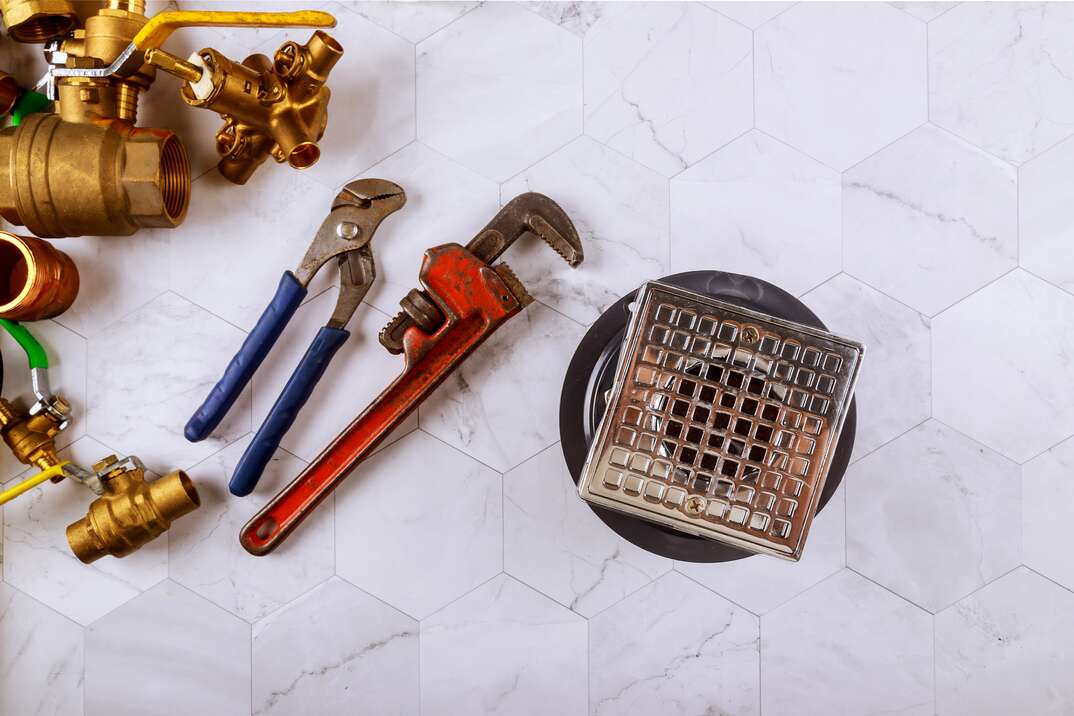Managing of Drainage System Installation On Your Own
Managing of Drainage System Installation On Your Own
Blog Article
This post in the next paragraphs involving Simple Steps for Installing a Shower Base is immensely intriguing. Read it for yourself and see what you think of it.

Updating a restroom is one of the a lot more preferred house improvement jobs. Handling the plumbing for draining your shower can be extremely straightforward unless you go overboard.
Managing Your Own Shower Drainpipe Installation Job
You can literally construct a collector for your new shower, however you actually require to think about it. Do you truly wish to get involved in the complications of getting the sloping correct, in addition to ensuring every element of it is water resistant? As well as I indicate every element! It is much easier to simply buy a pre-cast collector online or at your local Lowes, Residence Depot or equipment store. Building one could seem like an excellent concept, but you will probably really feel in a different way after a couple of hrs.
Regardless of how you deal with obtaining a pan, you must make every effort to make use of one that has the drain situated in the same place as the original frying pan. Moving the drain pipelines can be a task, especially if the builder utilized an unique framing framework. If you are determined to move the drain, you are mosting likely to need to cut down the pipeline or extend it, which may imply destroying big chunks of the flooring. Put another way, you are mosting likely to be checking out a numerous weekend break project.
Thinking we have our drain lined up, the real connect is rather straightforward. The drain pipeline must be dealing with vertical as much as the enthusiast. It will commonly appear like a "U", which suggests it serves as a cleanout to keep unpleasant scents from coming back up from the drain. To link the drainpipe, you are going to create a water tight connection between a drain cap on the top of the pan and the drain pipe. Systems differ, but you are generally mosting likely to do this by placing a coupling piece on the top of the water drainage pipeline. This is then covered with gaskets and also literally screwed into the drainpipe cap. The drainpipe cap ought to work as a locknut, to wit, it screws directly onto the coupling.
The complicated part of this process is getting your drain cap to match a water tight position in the pan. This is completed by withdrawing the drainpipe cap as soon as you are sure everything fits together. At that point, you put plumbing technicians putty around the bottom of the cap and afterwards screw it back on. The putty must create a limited seal between the cap as well as the shower pan, which keeps water from trickling under it and also right into the framing under the shower.
Certainly, washroom showers come in a variety of designs nowadays. If you acquire an enthusiast, they often featured plumbing directions or the store can keep in mind anything uncommon you need to understand. It seems complicated, but is generally rather easy. Have a good time!
Whether you are a bathtub or shower person, the majority of people try to find shower only alternatives when acquiring a house. This easy truth means more than a few property owners invest a weekend break upgrading or installing showers in their washrooms. Luckily for you, it is a fairly basic process.
A collector or pan refers to the horizontal surface situated at the end of the shower. The collector normally contains a non-slip surface area somewhat banked in the direction of the center or any place the drain lies. Combined with three to four inch walls around the side, the goal of your shower drainage plumbing is to get the water to stream to and also down the drain.
Tips for Installing a Shower Drain Assembly
Renovating a bathroom can be exciting as well as fulfilling if you’re tackling the job DIY-style. After you cross off the bigger decisions such as tile style, paint colors, and fixtures, you’ll need to finalize smaller details – such as the shower drain. In this article, we’re sharing some tips for selecting and installing the right drain assembly for your updated shower.
What is a shower drain assembly?
Shower bases or pans typically only come with a pre-drilled drain hole. Since the pan slopes toward the drain, you should consider the placement – left, center, or right – when designing your shower. You’ll need to purchase and install a shower drain assembly that connects the shower pan to the drain pipe underneath the shower. There are a few types of assemblies, which will be covered below.
Size of a shower drain
When it comes to installing drains, size matters. The recommended pipe size for a shower drain is 2 inches, whereas most tubs use 1.5-inch pipes. Why the difference?
Shower pans are shallower than tubs, so there’s a higher risk for overflow. So, the larger pipe allows for quicker draining. If you are replacing an old tub with a newer stand-up shower, you will need to make additional plumbing adjustments to accommodate the 2-inch pipe.
Types of shower drain assemblies
There are three common types of shower drain assemblies: compression shower drain, solvent-glue shower drain, and tile shower drain. The layout, design, and materials of your shower can determine which type of shower drain assembly will work best.
Compression shower drain
This type of assembly attaches to the drain pipe with compression washers and nuts. The drain fitting is typically installed into the base, and then the base is installed into the bathroom floor. This makes compression-style drains easier to install than other options, particularly if you don’t have easy access from the floor under the shower base. Drains are available in a wide range of materials such as PVC (polyvinyl chloride), ABS (Acrylonitrile Butadiene Styrene), and brass, and can be used for acrylic, fiberglass, and steel shower bases.
Solvent-glued shower drain
Made of either polyvinyl or ABS, this type of shower drain is sealed to the drain pipe with solvent glue and silicone. Since you’ll be working underneath the drain pan, we only recommend using this type of drain if you have access under the shower, such as from a basement or crawlspace. It’s also important that you match the type of plastic of the drain with the drainpipe. If you take these precautions, you can install a solvent-glued drain assembly with acrylic, fiberglass, and steel shower bases.
Tile shower drain –
Drain assemblies for custom tile showers feature a waterproof membrane liner placed between two flanges. The tile is installed on top of the liner, collecting any water that seeps through the porous grout. A metal strainer is installed in line with the tile over the drain.
https://www.epshawaii.com/blog/tips-for-installing-a-shower-drain-assembly/

As a serious person who reads about How to Install a Shower Drain, I imagined sharing that short article was essential. Do you know about anybody else who is serious about the topic? Why not share it. We cherish reading our article about How to Install a Shower Drain.
Report this page